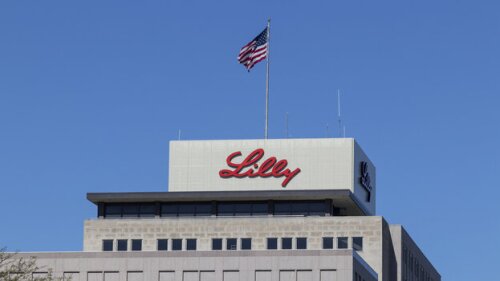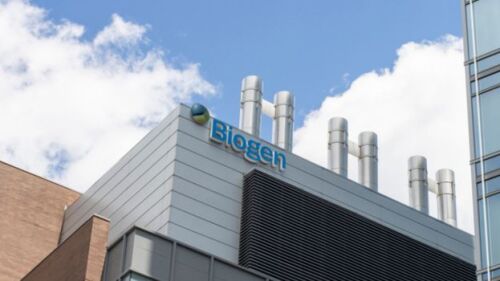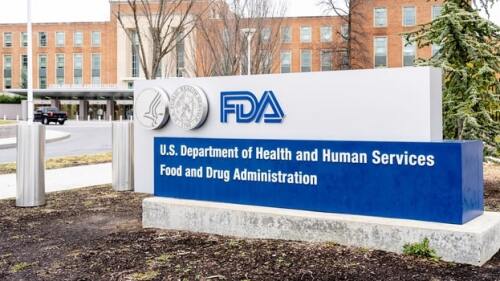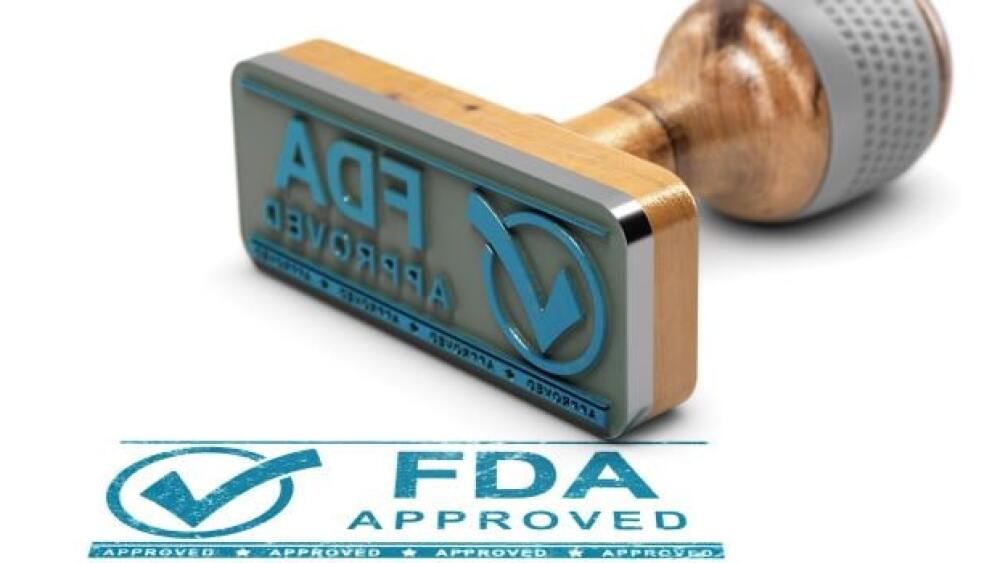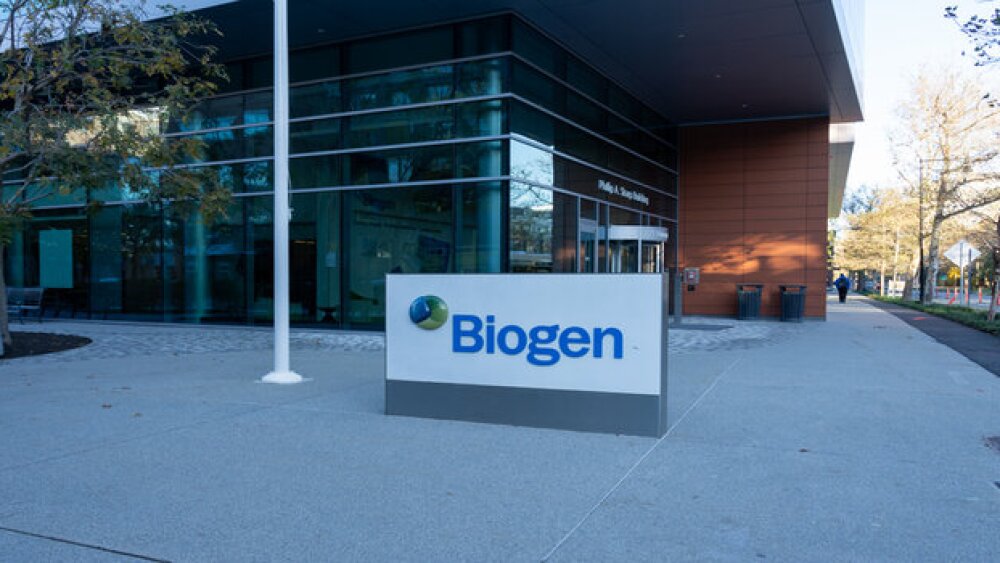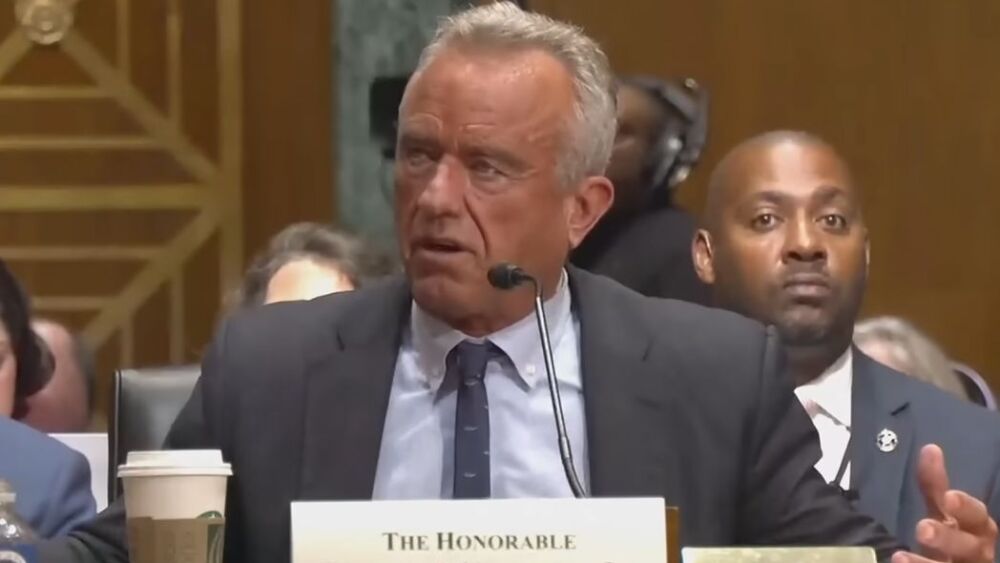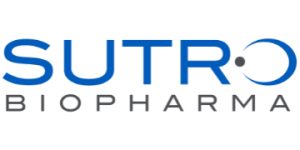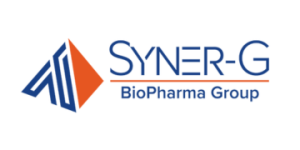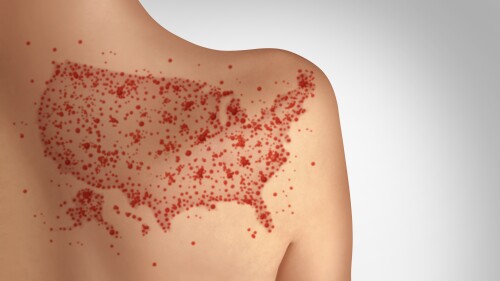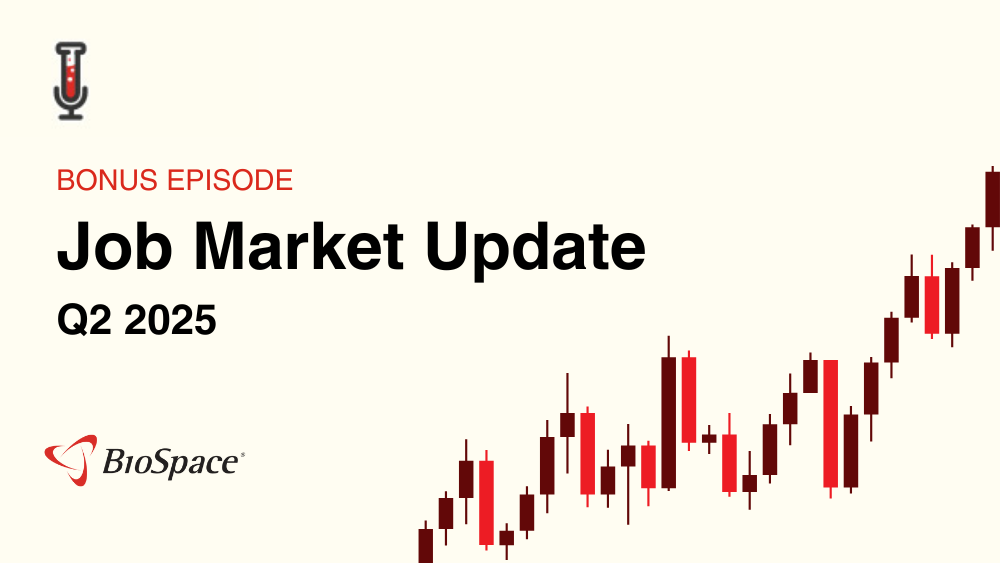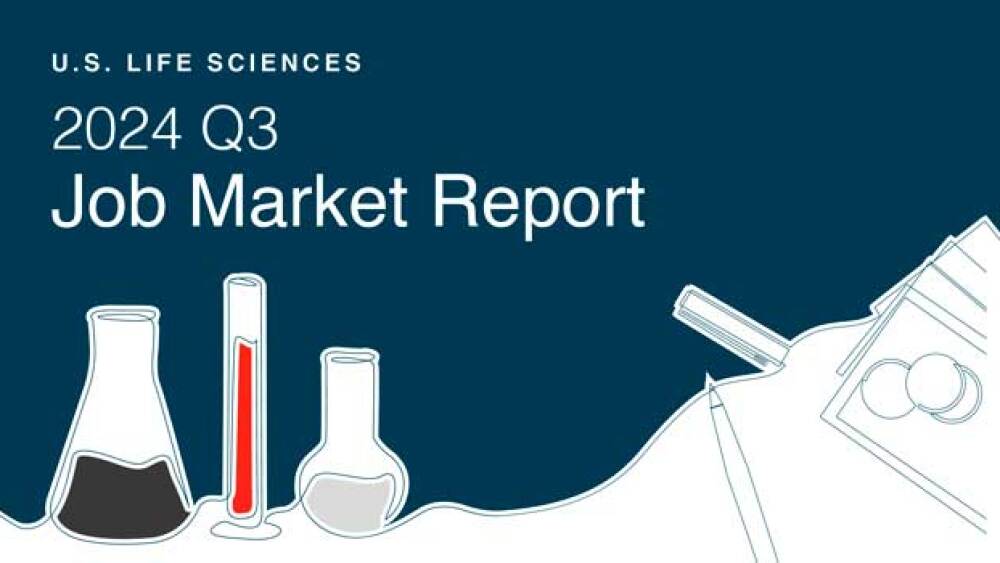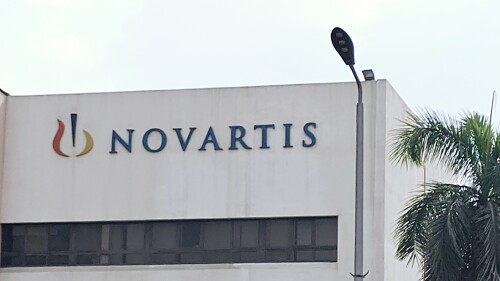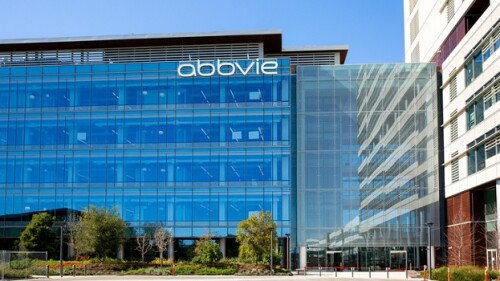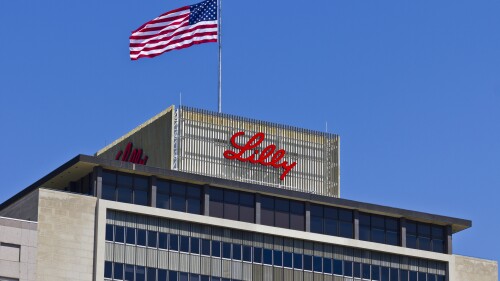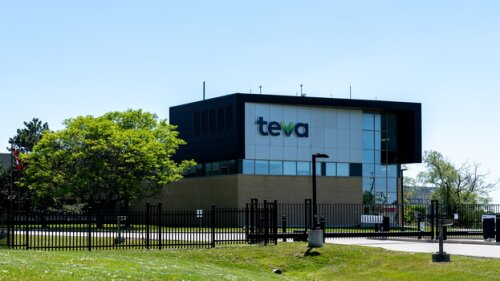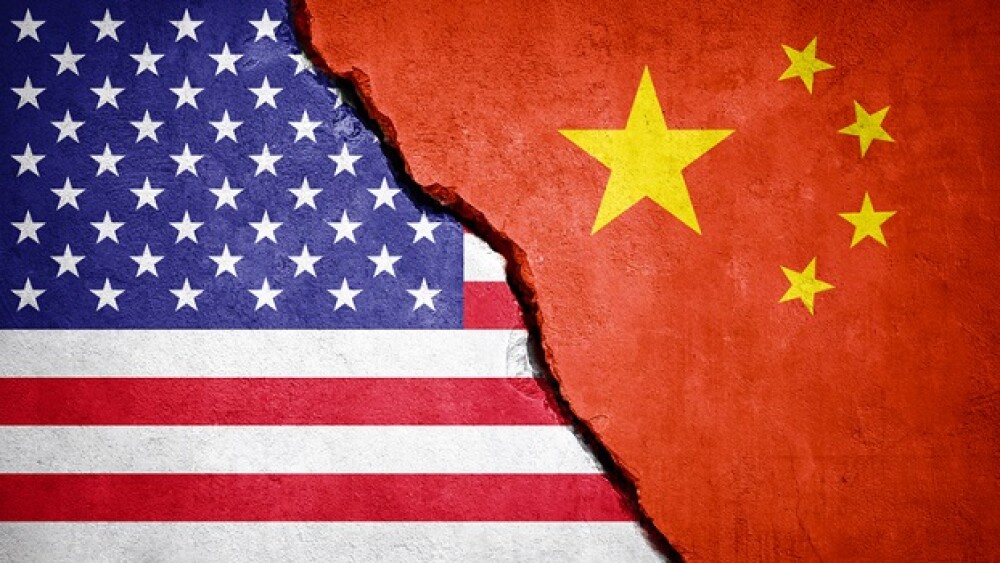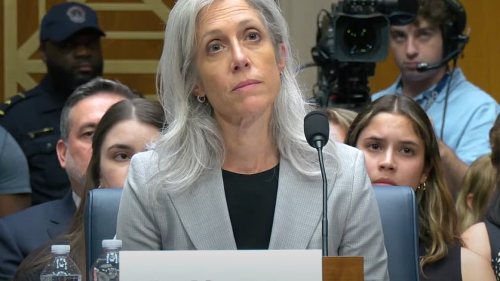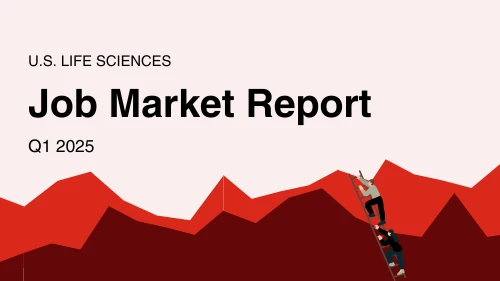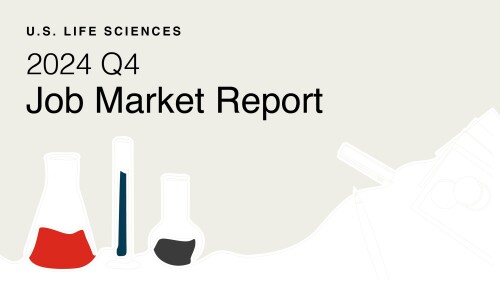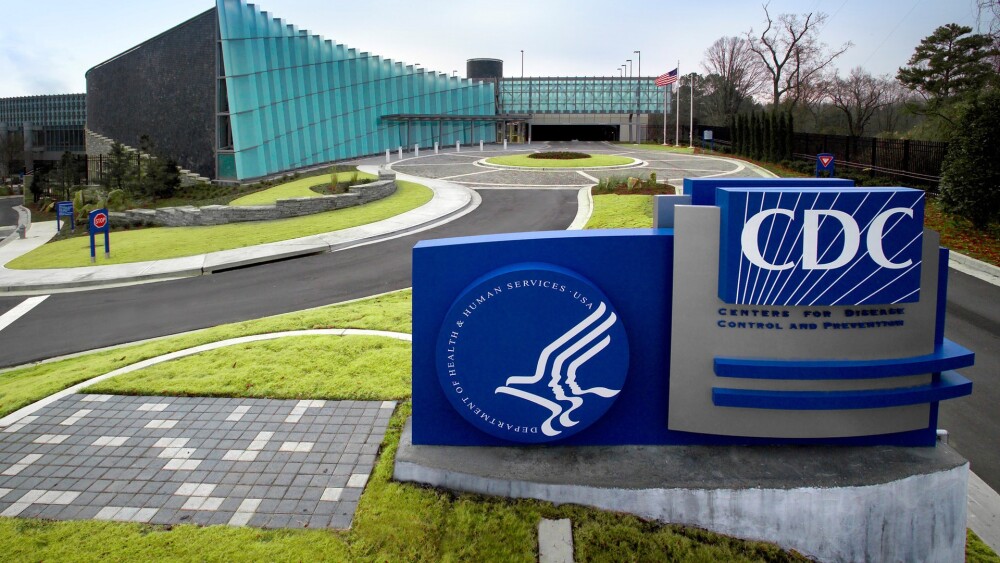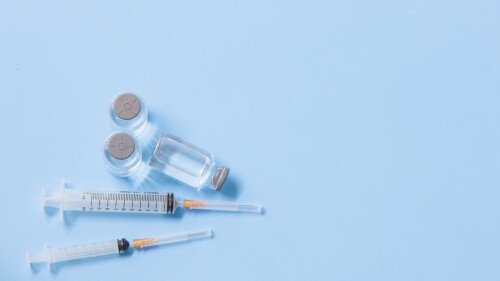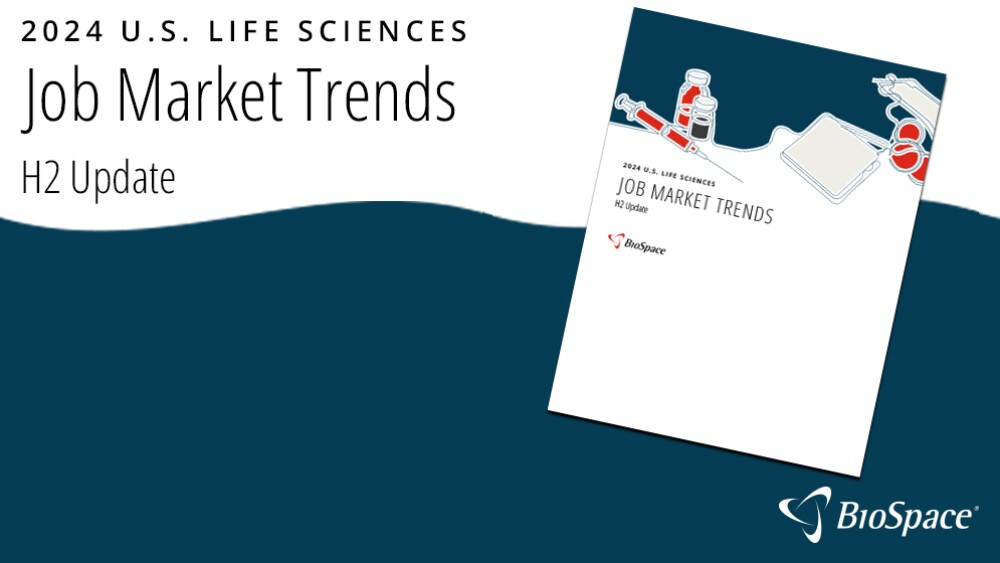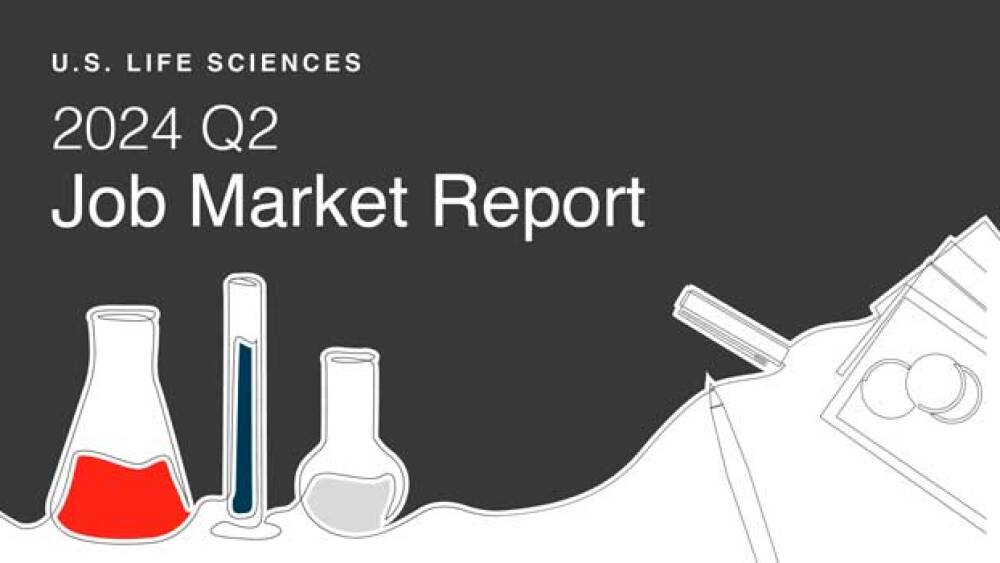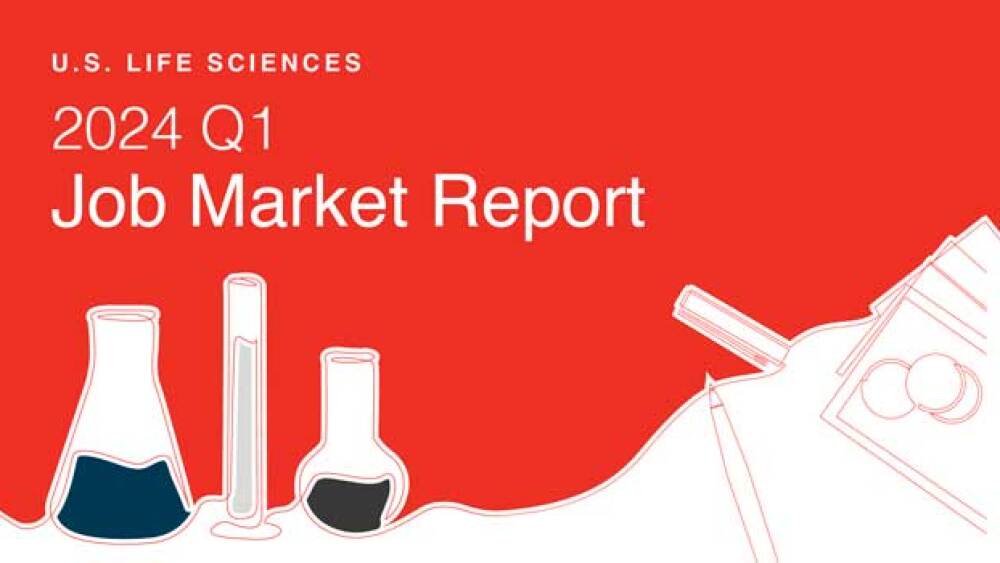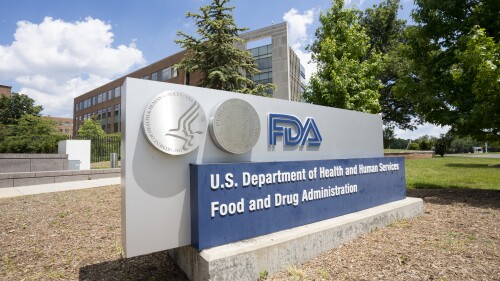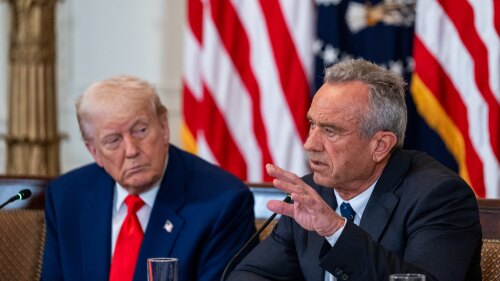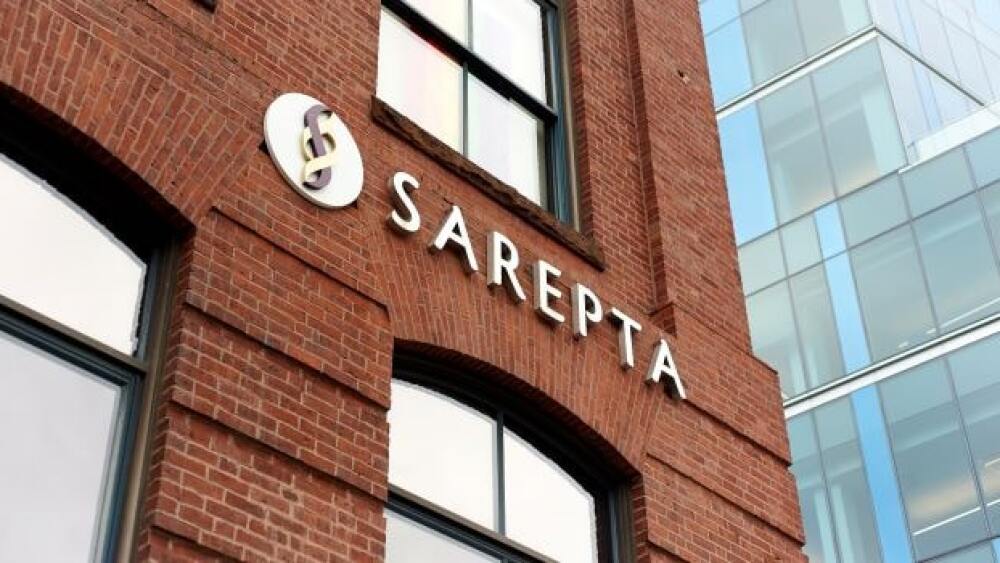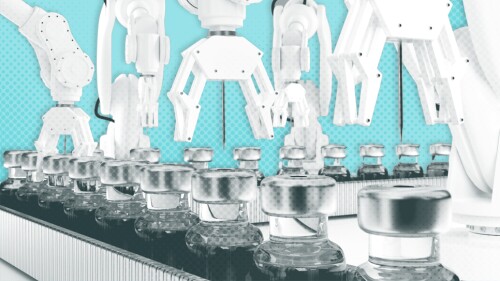Lilly expects to open 615 high-wage roles in Texas in connection with its new facility, plus around 4,000 construction roles.
The regulatory action marks the second rejection for a spinal muscular atrophy therapy this week after Scholar Rock’s apitegromab was issued a complete response letter on Tuesday, similarly on manufacturing grounds.
The FDA is hoping to repurpose GSK’s Wellcovorin for cerebral folate deficiency; Pfizer acquired fast-moving weight-loss startup Metsera for nearly $5 billion after suffering a hat trick of R&D failures; psychedelics are primed for M&A action and Eli Lilly may be next in line; RFK Jr.’s revamped CDC advisory committee met last week with confounding results; and Stealth secured its Barth approval.
In its rejection letter, the FDA flagged problems at a third-party fill-finish site owned by Novo Nordisk. Issues at this site have previously been investigated by the regulator.
The agency also pointed to the use of Tylenol and other acetaminophen products during pregnancy as being potentially linked to neurological and developmental defects in children, following a press conference Monday in which President Donald Trump did the same.
An advisory committee last year found that Zynquista’s benefit-risk profile in type 1 diabetes was unfavorable due to cases of diabetic ketoacidosis.
FEATURED STORIES
Ori Biotech’s CEO said the prioritization of review by FDA, coupled to the impact of the technology, could shave up to three years off development timelines.
With two late-stage programs set to read out in the next 48 months, Biogen is translating its wealth of experience in multiple sclerosis to lupus—developing a pipeline BMO Capital Markets analysts called “thoughtful.”
New FDA expert panels, such as recent meetings on SSRI use during pregnancy and on hormone replacement therapy during menopause, are drawing criticism for being one-sided. One leader says such panels are designed to reach a specific conclusion.
Amid an unprecedented turnover in leadership at the FDA and mass layoffs of staff, communication has crumbled and uncertainty runs rampant, leaving small and medium biopharma companies without a clear path forward for their therapies.
Robert F. Kennedy Jr. repeated a series of anti-vaccine talking points during his appearance in front of the Senate finance committee on Thursday, as Democratic and Republican senators alike hammered the Health Secretary on recent COVID-19 vaccine restrictions and his views on Operation Warp Speed.
As AAV9 and CRISPR programs navigate safety, delivery and scalability hurdles, small molecules offer a deployable, scalable bridge, complementing genetic approaches and accelerating meaningful impact for patients with Duchenne muscular dystrophy.
LATEST PODCASTS
A draft copy of an upcoming MAHA report reveals a strategy in lockstep with recent HHS actions such as reviving the Task Force on Safer Childhood Vaccines; Viking Therapeutics reports robust efficacy from mid-stage oral obesity candidate but is tripped up by tolerability concerns; Novo Nordisk wins approval for Wegovy in MASH; and Lilly takes a pricing stand.
In this episode of Denatured, BioSpace’s head of insights Lori Ellis discusses the ‘enormous implications’ of patent policy changes with Aaron Cummings and Anne Li of Brownstein Hyatt Farber Schreck.
Prasad Returns, Delany Departs, Lilly’s Weight Loss Pill Disappoints and Sarepta’s Fallout Continues
CBER Chief Vinay Prasad reclaimed his job less than two weeks after his mysterious exit; MAHA implementor Gray Delany is out after reportedly sparring with other agency officials over communications strategy; Eli Lilly’s first Phase III readout for oral obesity drug orforglipron missed analyst expectations; and Arrowhead Pharmaceuticals addresses the recent woes of its of partner Sarepta.
Job Trends
In this bonus episode, BioSpace’s Vice President of Marketing Chantal Dresner and Careers Editor Angela Gabriel take a look at Q2 job market performance, layoffs and wider employment trends and policies impacting the biopharma workforce.
Subscribe to Genepool
Subscribe to BioSpace’s flagship publication including top headlines, special editions and life sciences’ most important breaking news
SPECIAL EDITIONS
The J.P. Morgan Healthcare Conference started off with a flurry of deals that reinvigorated excitement across the biopharma industry. Johnson & Johnson moved to acquire Intra-Cellular Therapies for $14.6 billion, breaking a dealmaking barrier that kept Big Pharma’s 2024 biotech buyouts to under $5 billion.
In this deep dive BioSpace explores the opportunities and challenges presented by the FDA’s accelerated approval program.
Year-over-year BioSpace data shows there are fewer job postings live on the website and far more competition for them.
DEALS
-
The star of GSK’s Hengrui partnership is the COPD candidate HRS-9821, which will complement the pharma’s respiratory pipeline that’s anchored by the anti-asthma drug Nucala.
-
The collaboration focuses on ‘molecular gates,’ a class of molecules that the startup company Gate Bioscience says can stop pathogenic proteins from leaving the cell.
-
The partnership with Matchpoint Therapeutics gets Novartis global rights on all molecules for several unannounced inflammatory diseases identified through the biotech’s discovery platform.
-
What will Boston Pharmaceuticals CEO Sophie Kornowski do now that the company is selling off its pipeline and winding down operations? Whatever it is, data will take her there.
-
The deal, which involves a $700 million upfront payment, gives AbbVie access to ISB 2001, a clinical-stage first-in-class trispecific antibody currently being tested for certain kinds of multiple myeloma as well as autoimmune indications.
WEIGHT LOSS
-
The World Health Organization’s Essential Medicines list guides high-level procurement and coverage decisions for over 150 countries.
-
Health Secretary Robert F. Kennedy Jr. will appear before the Senate Finance Committee Thursday, ahead of a vaccine advisory committee meeting later in September. Meanwhile, deal-making appetite appears healthy, and the weight loss space continues generating clinical data and other news.
-
Novo Nordisk’s Wegovy has been on a winning streak as of late, with a metabolic dysfunction-associated steatohepatitis approval last month and prime position in the oral obesity race.
-
While Eli Lilly’s orforglipron is full speed ahead for a regulatory filing this year, the pharma is also pushing forward with one more Phase II study of naperiglipron, which uses the same scaffold as Pfizer’s failed obesity drugs danuglipron and lotiglipron.
-
In December 2024, Teva also secured FDA approval for the other liraglutide brand Victoza, indicated for type 2 diabetes.
POLICY
-
A draft executive order obtained by The New York Times purports to clamp down on the pharmaceutical industry’s ability to buy new molecules from biotechs based in China, along with a number of other proposed reforms.
-
New draft guidelines suggest the FDA is open to exercising regulatory flexibility for non-opioid drugs being developed for chronic pain.
-
Former CDC director Susan Monarez and former chief medical officer Debra Houry will appear in front of the Senate HELP Committee on Sept. 17.
-
In a livestreamed meeting Tuesday afternoon, Health Secretary Robert F. Kennedy Jr. drew a dark portrait of the state of America’s health while addressing the MAHA Commission’s most recent report, which includes plans to research potential links between vaccines and rising rates of chronic disease.
-
While a win for consumers, the regulatory action did nothing to stem the manufacture of compounded versions of the popular obesity drugs that are made by Novo Nordisk and Eli Lilly. In fact, the FDA seems to be signaling that “some level of compounded product is acceptable,” according to BMO Capital Markets.
Year-over-year BioSpace data show there were fewer job postings live on the website in the fourth quarter of 2024, and the decrease was higher than the third quarter’s drop.
M&As are stressful for multiple reasons, including role changes and getting laid off when staffs combine. Two talent experts share tips for navigating the transition period of your company’s merger or acquisition.
Looking for a biopharma job in New Jersey? Check out the BioSpace list of eight companies hiring life sciences professionals like you.
Turn your career aspirations into reality with this step-by-step guide to creating and implementing a strategic professional development plan for 2025.
Being laid off is bad enough. When companies mishandle the layoff process, it can make the situation even worse. Four biopharma professionals share how some employers are getting it wrong.
Job postings in California took a dip in December during the holiday period, but activity is expected to pick up in January.
HOTBEDS
IN CASE YOU MISSED IT
After a tension-packed two days that saw recommended changes to the MMRV vaccine schedule and COVID-19 vaccine access, as well as a delayed hepatitis B vaccine vote, policy experts expressed concern with the reconstituted committee’s dearth of previous experience and understanding of their role.
REPORTS
This report investigates anticipated job search activity and hiring outlook for the remainder of 2024.
For the second quarter of 2024, there were 25% fewer jobs posted live on BioSpace compared to the same quarter of 2023. The year-over-year job response rate rose from 14.6% to 15.3%.
The job response rate has risen year over year, according to BioSpace data, indicating competition for roles posted on our website has increased.
CANCER
-
Krystal Biotech’s decision follows the FDA’s rejection last month of Replimune’s RP1, which works similarly to Krystal Biotech’s KB707. The biotech said this has introduced “heightened uncertainty” regarding a potential accelerated pathway for the candidate.
-
The FDA recommends that companies use overall survival as a primary endpoint for clinical trials where feasible. The new guidance follows the surprising return of CBER Head Vinay Prasad, who has previously argued for prioritizing OS.
-
The platform strategy of using one molecule to target an underlying biological pathway to address many different diseases can be a goldmine for smaller companies. But it also has a unique set of challenges.
-
VantAI will use its machine learning capabilities to identify novel target-effector pairs that Halda can use in designing its bifunctional small-molecule drugs.
-
The Department of Health and Human Services’ mRNA pullback only applies to their use in upper respiratory disease, according to Secretary Robert F. Kennedy Jr.
NEUROSCIENCE
-
After a demoralizing period punctuated by the withdrawal of one of the few marketed therapies for ALS, investment in new biotechs, state-backed collaborative initiatives and buzz at BIO2025 suggest a new day in drug development for one of medicine’s most intractable diseases.
-
In another blow to Prothena’s neurodegenerative disease portfolio, anti-amyloid candidate PRX012 has run into the same problem that larger peers Biogen and Eli Lilly have battled: high rates of swelling in the brain.
-
AMX0035—approved as Relyvrio in 2022 for amyotrophic lateral sclerosis but voluntarily pulled from the market last year—was unable to distinguish itself from placebo in a mid-to-late-stage trial of progressive supranuclear palsy.
-
Novartis has bet up to $772 million to gain access to BioArctic’s BrainTransporter platform, which was leveraged in a partnership with Eisai to produce Leqembi.
-
Eli Lilly drops a second Phase III readout for orforglipron; AbbVie committed to the psychedelic therapeutics space with the $1.2 billion acquisition of Gilgamesh’s depression asset; the CDC taps vaccine skeptic Retsef Levi to lead its COVID-19 immunization working group; and the FDA prioritizes overall survival in cancer drug development.
CELL AND GENE THERAPY
-
Sarepta did not hold an investor call for its second-quarter earnings report or provide an updated full-year revenue outlook.
-
From innovation in manufacturing to more-flexible regulation and better communication with payers, much needs to happen to make CGTs commercially viable. But it is possible, experts agreed at a recent panel.
-
The primary focus in scaling up production should first be the adoption of lean manufacturing principles used in virtually every other industry.
-
The pivotal Phase II trial is testing Allogene’s CAR T candidate cemacabtagene ansegedleucel for large B-cell lymphoma. ALLO-647 was being used as a preparative lymphodepletion therapy.
-
The FDA greenlit multiple new drugs this month and issued some notable label expansions, including for Eli Lilly’s Kisunla. Meanwhile, the regulator turned away a cell therapy for Duchenne muscular dystrophy and a gene therapy for the rare disease Sanfilippo syndrome.




